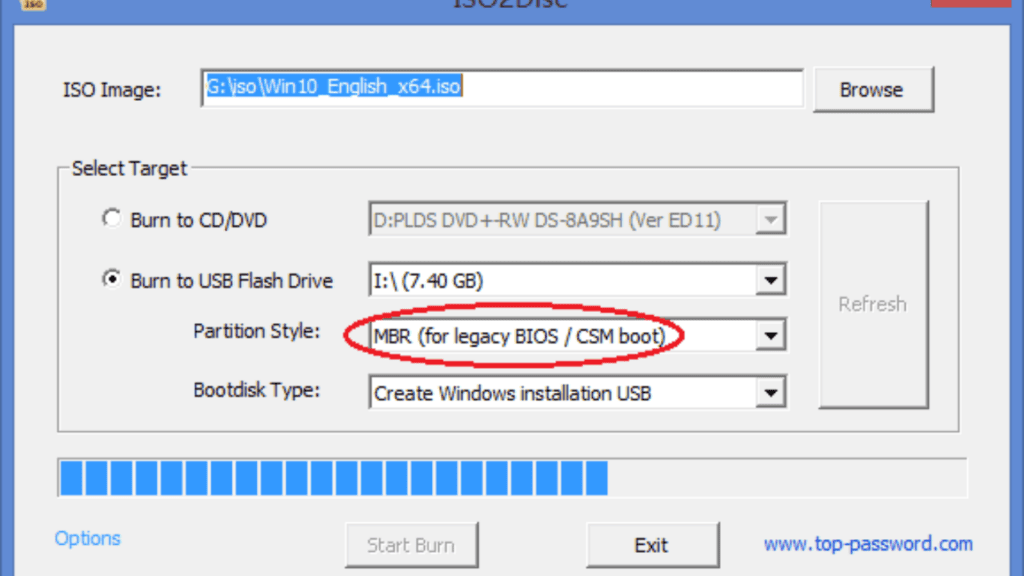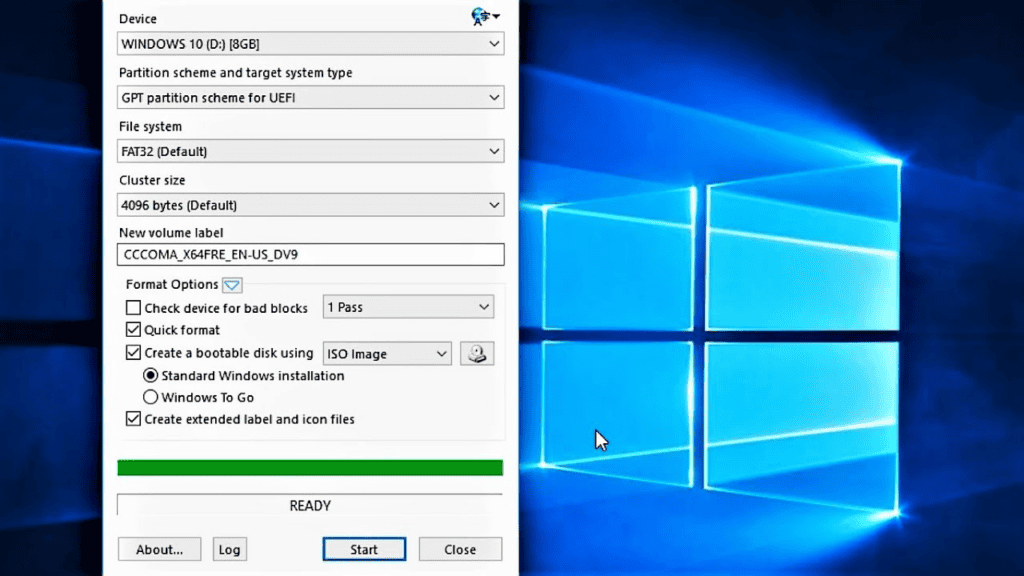How to Create Windows 10 From USB With UEFI Support
In Windows 10, you have a couple of options for making USB flash drives. In order to get the files onto a USB flash drive that is compatible with both firmware versions, you can utilise the Microsoft Media Creation Tool (UEFI and legacy BIOS). You can also use Rufus, a third-party utility that simplifies the process of making a USB flash drive bootable in UEFI mode, to install Windows. Following the instructions in this guide will allow you to create a Windows 10 UEFI-compatible USB flash drive using the Microsoft Media Creation Tool and Rufus.
Method 1: Windows 10 From USB With UEFI Support With Media Creation Tool
To upgrade to Windows 10 or perform a clean install, the Media Creation Tool is your best bet for making bootable USB media. Connect a flash drive with 8GB of capacity or more, and follow these instructions to make a Windows 10 USB installation drive: The Media Creation Tool will get you set up to install Windows 10 on any machine that has UEFI or BIOS support by downloading the necessary files and formatting a USB drive.
Method 2: Create Windows 10 UEFI Boot Media With Rufus
Rufus is a well-known free third-party tool that can be used in place of the Media Creation Tool to make installation media that is compatible with UEFI machines. Using an existing ISO file or downloading the image from Microsoft servers, the programme provides two options for creating the installation media.
Create flash drive with existing Windows 10 ISO
Connect a flash drive with at least 8 GB of storage space, and follow these instructions to build a USB media using an existing Windows 10 ISO file: The following instructions will show you how to use Rufus to make a bootable USB drive for installing Windows 10 on a UEFI-based system.
Create flash drive downloading Windows 10 ISO
The tool also has a feature to download the Windows 10 ISO file, which you can then use to create a USB flash drive to install Windows 10. To create an install media with UEFI support with Rufus, use these steps: Following your successful completion of the procedures, Rufus will launch the script that will automatically download Windows 10 ISO from Microsoft’s servers. Then, you won’t need the Media Creation Tool to make bootable media for installing Windows 10 on a UEFI machine. The UEFI-compatible USB boot disc can be used to initiate either a clean installation of Windows 10 or an upgrade to the current version.
Conclusion:
In order to boot into the setup, you will need to temporarily disable secure boot in the motherboard firmware because the “UEFI:NTFS bootloader” does not have a digital signature for secure boot. This is typically done via the UEFI, which may be accessed by pressing a function key (F1, F2, F3, F10, or F12) or Esc or Delete immediately after booting the computer. Each manufacturer and even each gadget model has their own unique set of firmware options. So, if you need more detailed guidance, you should look at the manufacturer’s help page for your device. The secure boot option will be available once Windows 10 has been installed. Also Read: Stop automatic updates on Windows 10 Photos app video editor on Windows 10 How to run Android apps on any Windows 11 How to install Windows on new SSD after previous SSD
Q1: Can I boot from USB in UEFI mode?
The hard drive’s hardware has to support UEFI in order to boot from USB in UEFI mode. Verifying that your system disc is in GPT format is a must. If not, you’ll need to switch the disc format from MBR to GPT.
Q2: How do I boot Windows from USB UEFI?
Put the USB drive you made into the computer you wish to start up. To boot from the USB drive, turn on the device and select that option from the UEFI boot menu. Factory OS should load when the device is turned on.
Q3: What is the difference between UEFI and BIOS?
Unlike BIOS, which tops out at 2.2 terabytes, UEFI allows for drives of up to 9 zettabytes in size. The boot process is sped up with UEFI. In contrast to UEFI’s discrete driver support, BIOS stores drive support in its ROM, making it more difficult to update BIOS firmware.
Q4: How do I enable BIOS to boot from USB?
Δ Contact Us :- trendblog.guest@gmail.com





